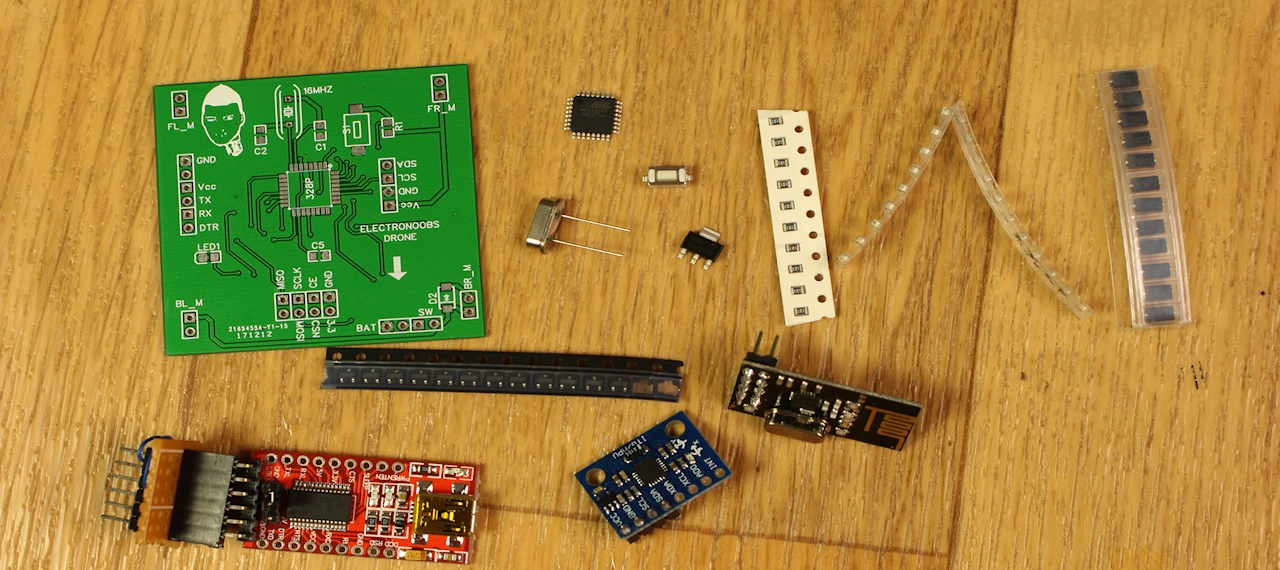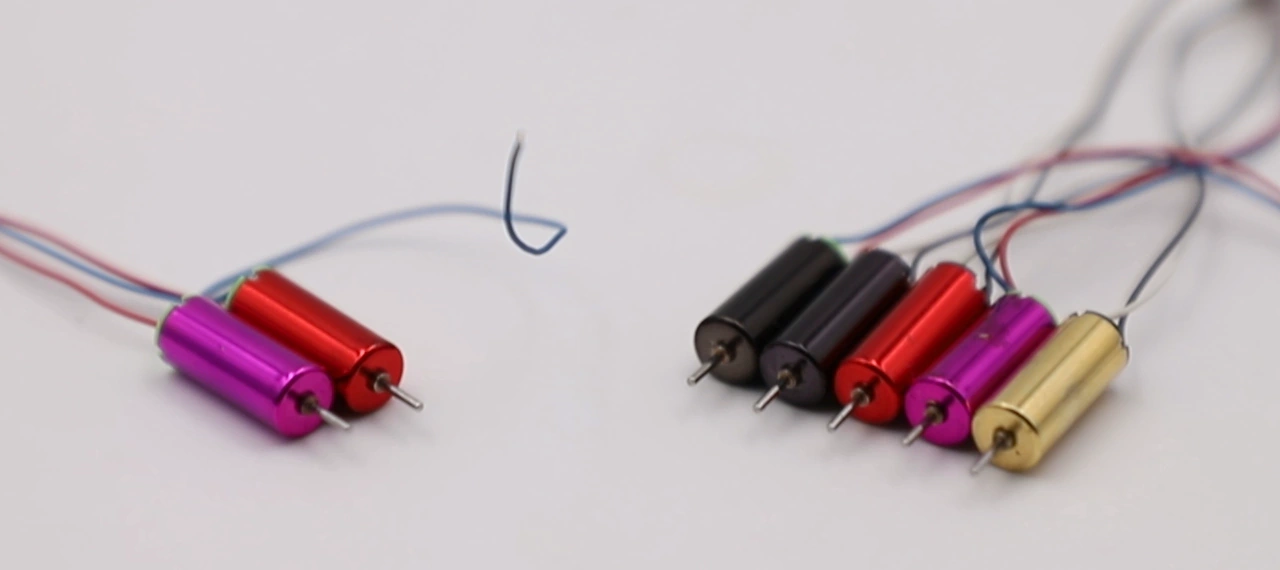Exploring the Different Types of Motors Used in Drones
Drones have revolutionized various industries and become popular among hobbyists worldwide. Behind their ability to take flight lies a crucial component: the motor. In this informative guide, we will delve into the different types of motors used in drones, explaining their functionality, advantages, and applications. Understanding the role of motors is essential for drone enthusiasts and those interested in the technical aspects of these fascinating aerial devices.

Brushed Motors
Brushed motors are one of the earliest and simplest types of motors used in drones. They consist of a rotating armature surrounded by a magnetic field generated by fixed magnets. As the motor receives power, electrical current flows through the armature, generating a magnetic field that interacts with the fixed magnets, causing the armature to rotate. While brushed motors are affordable and easy to manufacture, they tend to be less efficient and have a shorter lifespan. They are commonly found in entry-level drones and small-scale models where cost and simplicity are key factors.

Brushless Motors
Brushless motors have become the industry standard in modern drones due to their efficiency and reliability. Unlike brushed motors, they feature a permanent magnet rotor surrounded by a series of stationary coils. The rotor is driven by an electronic speed controller (ESC), which precisely controls the flow of current to the coils. By eliminating the need for physical contact (brushes), brushless motors experience reduced friction, resulting in increased efficiency and durability. They provide higher power-to-weight ratios, improved control, and longer lifespan compared to brushed motors. Brushless motors are commonly used in consumer drones, professional-grade models, and commercial applications where performance is crucial.

Coreless Motors
Coreless motors are a specialized type of brushed motor known for their compact size and high RPM (rotations per minute). They utilize a cylindrical design with a coil-wrapped armature surrounded by permanent magnets. The absence of an iron core allows for reduced weight and higher rotational speeds. Coreless motors offer excellent responsiveness and agility, making them popular in micro and nano drones, as well as in applications requiring swift and precise movements. However, they tend to have lower torque compared to other motor types and may not be suitable for larger or heavier drones that require more power.
Conclusion:
The motor is a critical component that enables drones to achieve flight. Understanding the different types of motors used in drones—such as brushed motors, brushless motors, and coreless motors—allows enthusiasts and drone users to appreciate the technology behind these versatile aerial devices. Each motor type offers distinct advantages and is suited for specific applications, ensuring the right balance of performance, efficiency, and affordability.